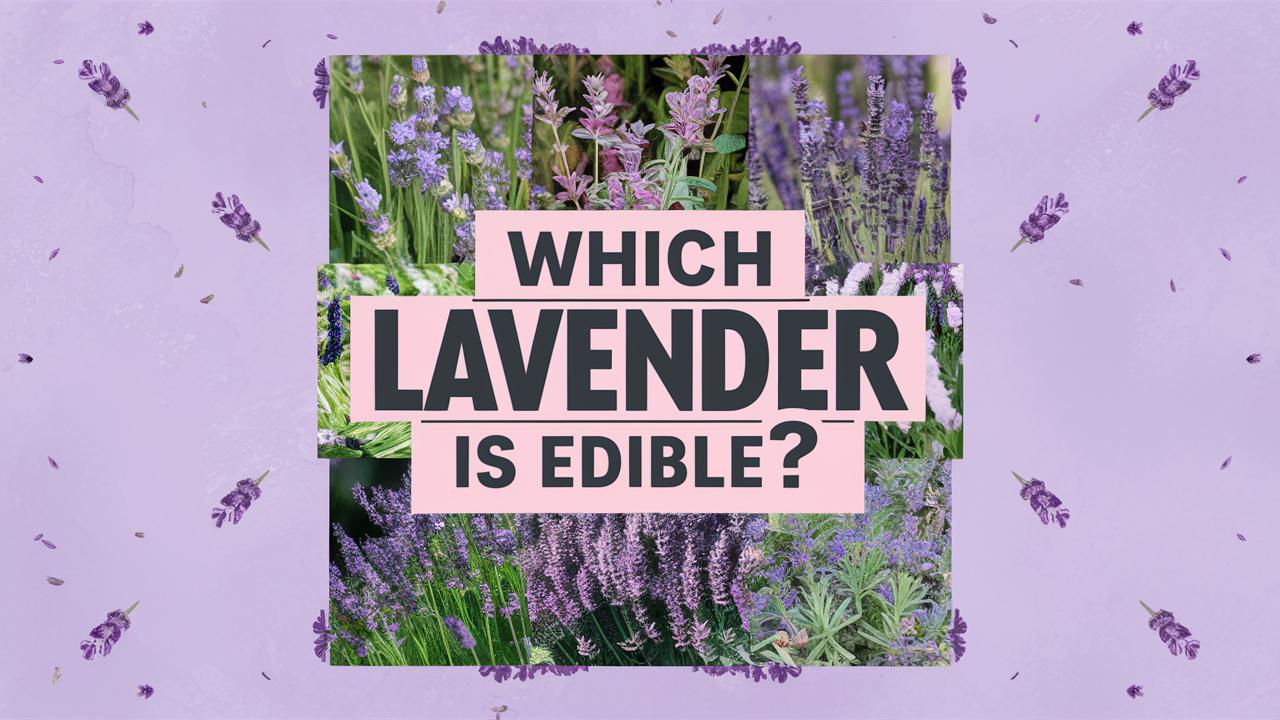In this guide, we’ll explore which lavender species are edible, their flavor profiles, culinary uses, health benefits, and how to grow them. Whether you are a seasoned gardener, a budding chef, or simply someone looking to add some flavor to your life, this comprehensive blog post is for you!
The Aroma and Flavor of Lavender
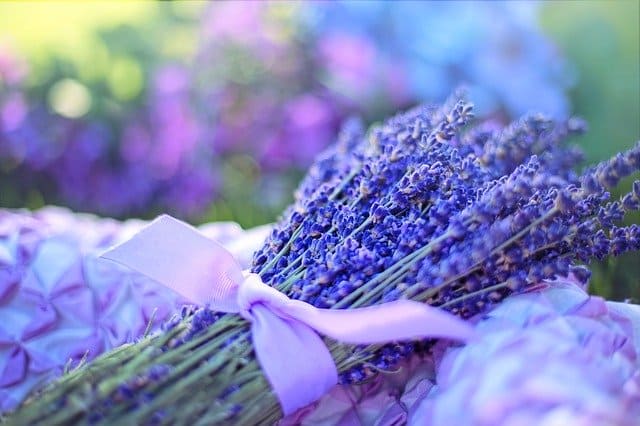
What sets edible lavender apart from its ornamental cousins is not only the flavor but also the steadfast aroma. Aromatic compounds in lavender, such as linalool and linalyl acetate, contribute to the herb’s sweet, floral, and slightly herbal flavor. When used in cooking, it can elevate dishes with its aromatic notes when employed judiciously. Unlike many herbs, lavender can easily dominate a dish, so a little goes a long way.
Edible Lavender Varieties
English Lavender (Lavandula angustifolia)
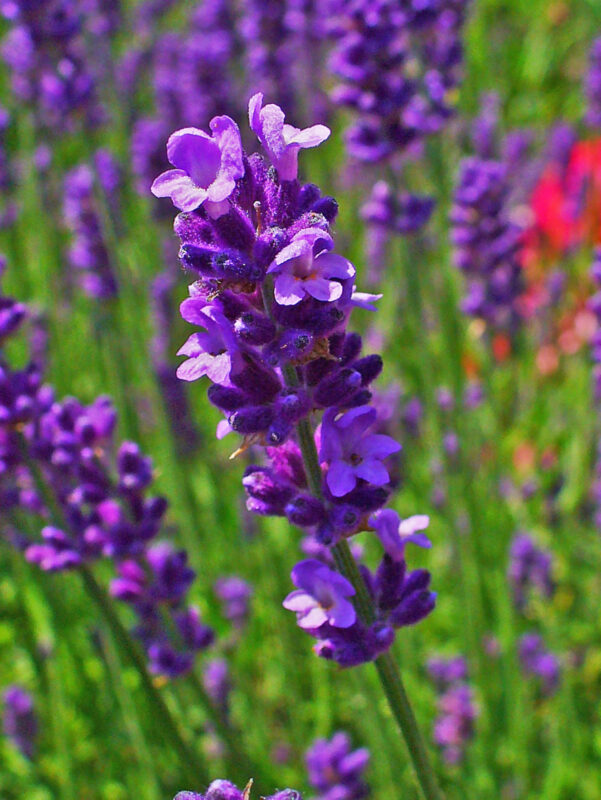
Considered the best culinary lavender, English lavender is highly sought after for its delightful flavor and aroma. This species is known for its sweet and floral notes, making it perfect for desserts, teas, and savory dishes alike.
Popular Cultivars:
Hidcote: This compact variety boasts deep purple flowers and a potent fragrance. It’s excellent for baking and flavoring syrups.
Munstead: With its rich purple blooms and a sweet essence, Munstead is favored by chefs for both dishes and infusions.
Culinary Uses: English lavender pairs beautifully with honey, fruits like lemon and berries, savory dishes such as roasted meats, and can be used to infuse oils and vinegars.
French Lavender (Lavandula dentata)
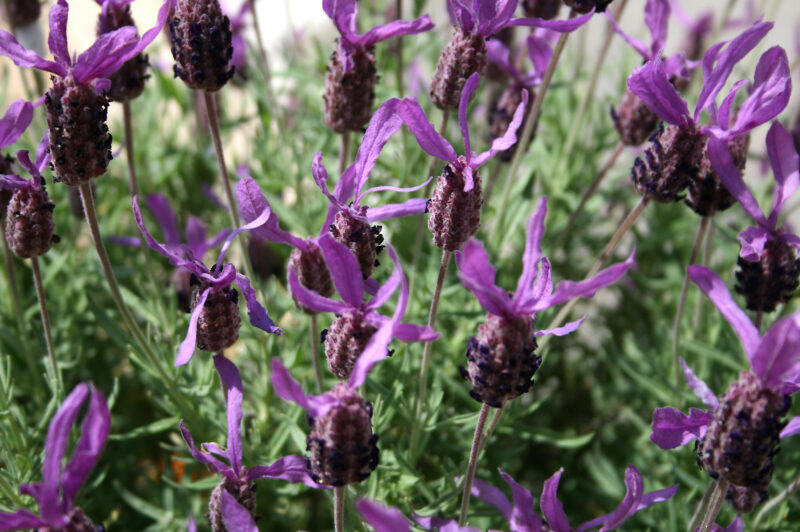
French lavender, with its distinctively toothed leaves and shorter flower spikes, is generally less sweet compared to English lavender. While it has a more robust flavor, it can still be used sparingly in cooking.
Culinary Uses: Although French lavender is sometimes used in culinary applications, it is often better suited for infusion rather than direct use in baking. Its flavor is more suited for savory dishes and marinades.
Considerations: Due to its stronger taste, it’s recommended to use this variety judiciously, as its flavor can overwhelm more delicate dishes.
Spanish Lavender (Lavandula stoechas)
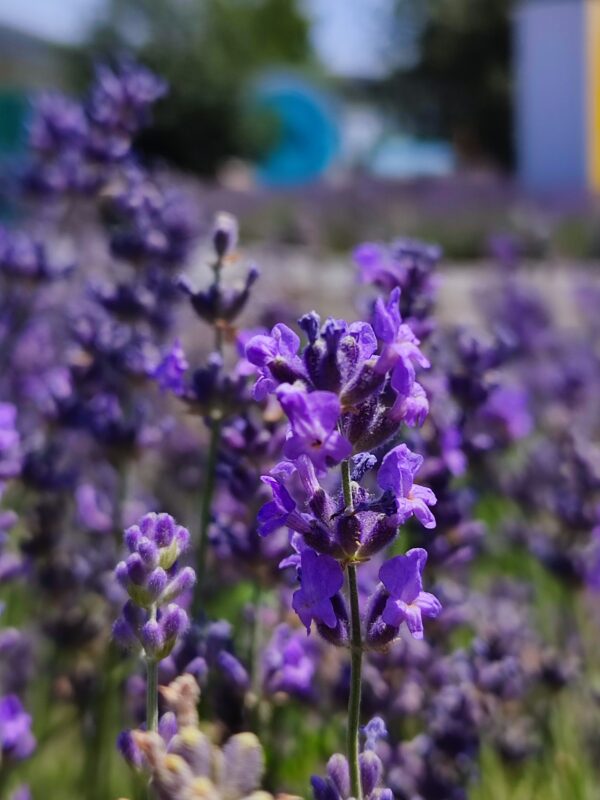
This lavender variety, recognizable by its unique flower blooms resembling a crown, has a powerful flavor profile that is different from its English and French counterparts. Due to its distinct taste, it is not the first choice for culinary use.
Culinary Uses: While some adventurous cooks may use Spanish lavender in smaller amounts, it’s typically not recommended for cooking due to its strong and slightly camphorous flavor.
Recommendation: If you are drawn to this variety for ornamental purposes, enjoy its beauty in the garden and consider using the more palatable English or French lavender for culinary adventures.
Lavandin (Lavandula x intermedia)
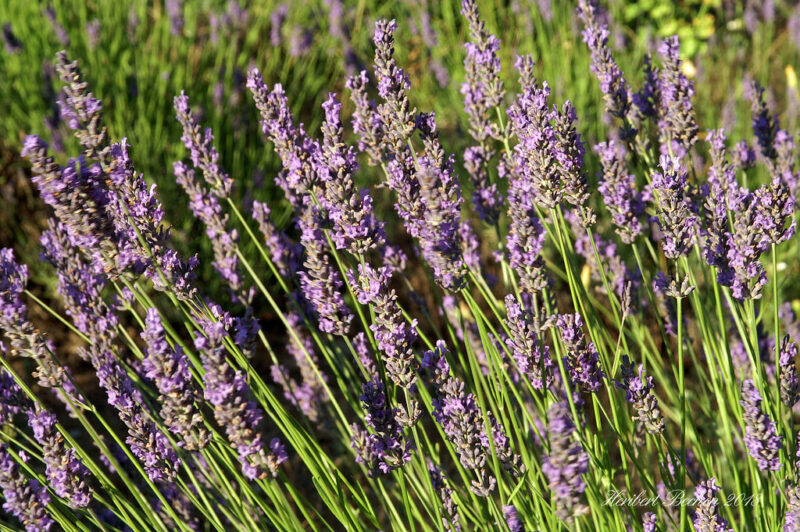
Lavandin is a hybrid of English and Portuguese lavender and is popular for its high oil content. While it has been cultivated primarily for its essential oils, the culinary potential of lavandin has garnered interest.
Culinary Uses: Similar to English lavender, lavandin has a strong flavor that can be used in baking or for flavoring syrups and beverages, but requires careful measurement to avoid overpowering dishes.
Considerations: It can be a wonderful addition to culinary preparations but should not replace English lavender’s subtler qualities in recipes that require balance.
Culinary Applications of Edible Lavender
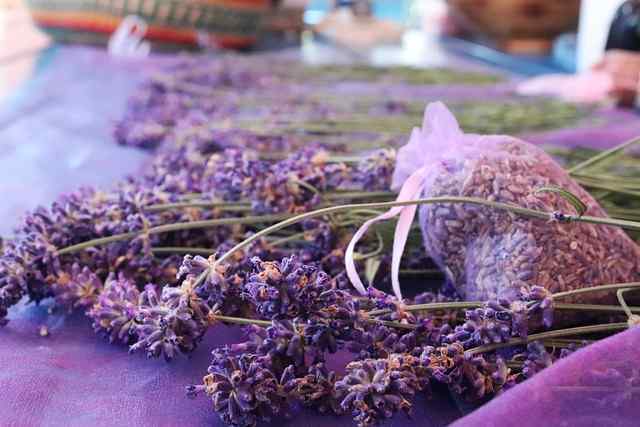
Having identified which lavender varieties are edible, let’s explore how to craft delightful dishes and beverages that showcase this unique herb.
Baking and Desserts
Lavender can bring a distinctive flair to baked goods. Here are some delectable ideas to get started:
Lavender Shortbread Cookies: Infuse your butter with dried lavender before mixing it with sugar and flour. The butter’s richness complements lavender’s floral notes beautifully.
Lavender Honey Cake: Incorporate dried lavender into honey cake batter for a sweet and fragrant dessert. You can enhance the dish with a simple glaze made from honey and lavender infusion.
Lavender Ice Cream: Use lavender-infused cream in your ice cream base for a soothing summertime treat. Consider pairing it with berries for an added flavor contrast.
Savory Dishes
While lavender is often associated with sweetness, it can also enhance savory plates:
Lavender-Infused Olive Oil: Warm olive oil with lavender to create a fragrant oil perfect for drizzling over salads or pasta.
Grilled Lamb with Lavender Rub: Combine spices with dried lavender to create a rub for grilled lamb. The herb’s aroma complements the meat’s richness nicely.
Lavender-Seasoned Vegetables: Toss seasonal veggies with a pinch of crushed lavender before roasting for an aromatic side dish that will surprise your guests.
Beverages
Add some elegance to your drink menu with lavender-infused beverages:
Lavender Lemonade: A refreshing drink made by infusing water with lavender and adding lemon juice and honey. This bright drink works well as a summer refreshment.
Lavender Tea: Steep dried lavender buds in hot water for a calming herbal tea. Enhance the flavor with honey or a squeeze of lemon.
Lavender Cocktails: From gin and tonic to martinis or spritzers, a touch of lavender syrup or infused spirit can elevate your cocktail game.
Health Benefits of Lavender
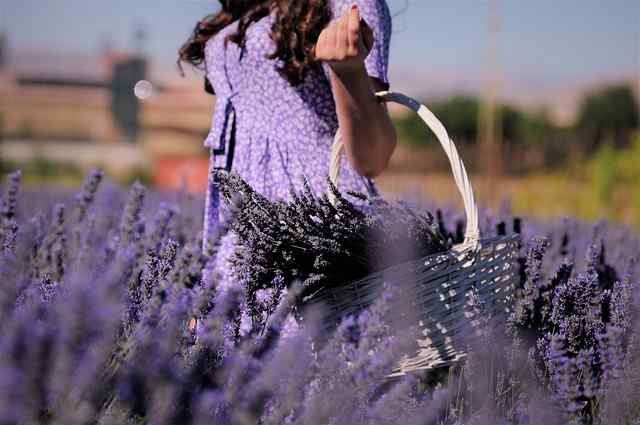
In addition to its culinary uses, lavender is renowned for its health benefits:
Calming Effects: Lavender is known for its anti-anxiety and calming properties. Consuming lavender in teas or desserts can promote relaxation and reduce stress levels.
Antioxidant Properties: Research suggests that lavender extracts can contain potent antioxidants, potentially lowering oxidative stress in the body.
Digestive Health: Lavender may aid digestion, making it a comforting addition to meals, particularly post-heavy or rich dishes.
Sleep Aid: Sipping on lavender tea before bedtime can help enhance sleep quality, as well as reduce insomnia symptoms.
Growing Edible Lavender
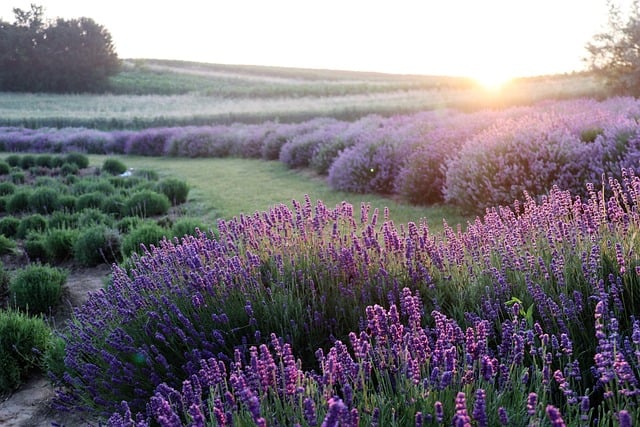
If the idea of cultivating your own lavender excites you, growing your own edible lavender is a rewarding endeavor! Here are some tips to ensure a bountiful harvest:
Choosing the Right Variety
Opt for culinary favorites like English lavender (Lavandula angustifolia) or Lavandin (Lavandula x intermedia) for the best flavor and aroma.
Ideal Growing Conditions
Sunlight: Lavender prefers full sunlight, receiving at least 6 hours of direct sunlight per day. Choose a south-facing garden bed or pot.
Soil: Lavender thrives in well-drained, sandy, and slightly alkaline soil. Amend clay soils with sand or gravel for better drainage.
Watering: Established plants are drought-resistant, but younger plants require regular watering until fully established. Be cautious not to overwater, as lavender dislikes soggy roots.
Harvesting Lavender
Timing: Harvest lavender when the flower buds have formed but before they fully open for the best flavor. Early morning is an ideal time post-dew.
Method: Use sharp pruning shears to cut the stems just above the leaves. Avoid bruising the flowers to maintain their fragrance.
Drying: Bundle stems and hang them upside down in a cool, dark, and dry area to dry. Once dried, remove the buds from the stems for culinary use.
Conclusion
Lavender is more than just a pretty flower; it’s a culinary delight that adds uniqueness to your dishes and beverages. By understanding which lavender varieties are edible, how to use them effectively, and the various health benefits they offer, you can embrace this herb’s potential fully. Whether you choose to grow it yourself or enjoy purchasing it from local markets, adding edible lavender to your cooking repertoire is sure to delight your senses and impress your guests.


